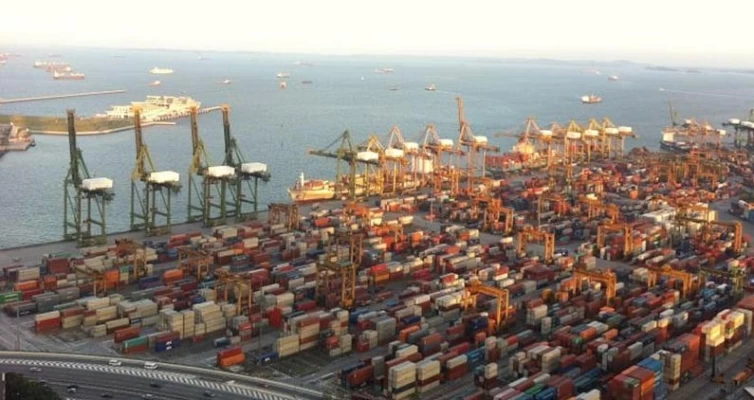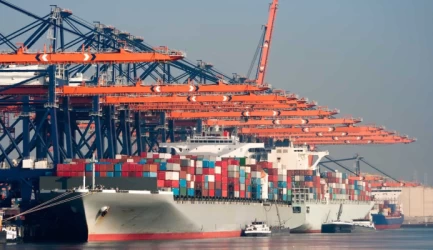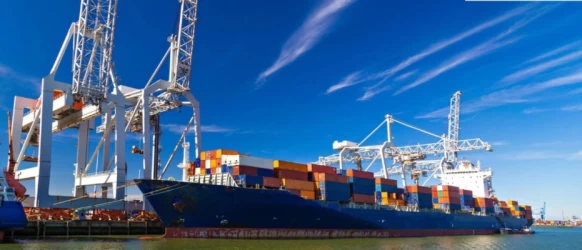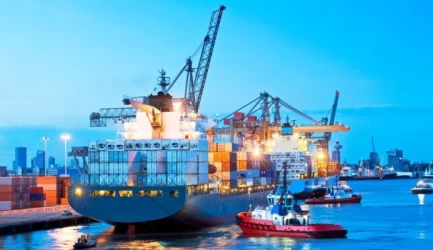Guide to Maritime Transport at the Port of Singapore
The Port of Singapore is widely recognized as one of the busiest and most efficient ports in the world. Its strategic location at the crossroads of major global shipping routes has established it as a vital hub for international trade and maritime transport. Situated at the heart of the Strait of Malacca, Singapore serves as a gateway between the East and West, making it a focal point for the movement of goods across the globe.
History of the Port of Singapore
The history of the Port of Singapore dates back to the early 19th century when it was established as a free trading post by Sir Stamford Raffles during British colonial rule. Over time, the port evolved into a major center for regional and global trade. Its strategic location made it an ideal stopover point for ships traveling between Asia and Europe. Today, the port continues to play a central role in global shipping and trade, handling a significant volume of transshipment cargo.
Infrastructure and Facilities
The Port of Singapore boasts world-class infrastructure that supports its status as one of the leading maritime hubs globally. Its modern and expansive facilities cater to a variety of shipping needs, including container terminals, bulk cargo handling, and oil tanker services. Key highlights of the port’s infrastructure include:
- Container Terminals: Singapore operates one of the world’s largest and most efficient container terminals, with the capability to handle over 37 million TEUs (twenty-foot equivalent units) annually. This capacity makes it a key player in the global container shipping industry.
- Oil and Petrochemical Terminals: As a major transshipment point for crude oil and petrochemical products, Singapore plays a crucial role in the energy trade. The port is equipped with state-of-the-art oil storage facilities and refineries.
- Logistics and Warehousing: The port offers extensive logistics services, including warehousing, storage, and distribution centers, which facilitate the smooth movement of goods in and out of the region.
Role in Global Trade
Singapore’s port is integral to its economy, serving as the backbone of the country’s trade and commerce. The city-state, with its limited natural resources, relies heavily on its port to import and export goods. The port handles a wide array of products, including electronics, machinery, chemicals, and consumer goods. Singapore is connected to more than 600 ports in over 120 countries, making it one of the world’s most connected maritime hubs.
Competitive Advantages of the Port of Singapore
Several factors contribute to the Port of Singapore's standing as one of the world’s most competitive maritime centers:
- Strategic Location: Positioned along one of the busiest shipping lanes globally, Singapore acts as a vital transshipment hub for vessels traveling between Asia, Europe, and the Americas.
- Advanced Technology: The port has embraced automation and robotics to streamline operations, increasing efficiency and reducing turnaround times for vessels. This includes the use of automated cranes, smart container tracking, and digital systems for logistics management.
- Strong International Ties: Singapore’s port maintains close ties with major shipping lines and global logistics providers, ensuring seamless trade connections across continents.
Challenges Facing the Port of Singapore
Despite its advantages, the Port of Singapore faces several challenges. One of the primary concerns is the increasing competition from neighboring ports such as those in China, Malaysia, and Indonesia. These emerging maritime hubs are investing heavily in port infrastructure to attract more shipping traffic.
Additionally, the global push towards sustainability presents new challenges for Singapore. The maritime industry is under pressure to reduce its carbon footprint, and Singapore must innovate to meet environmental regulations while maintaining its competitive edge.
Future Developments
To maintain its leadership position in the global shipping industry, Singapore is investing in the development of a new mega-port at Tuas. This state-of-the-art facility is set to become one of the world’s largest ports by 2040, with the capacity to handle 65 million TEUs annually. The Tuas port will incorporate cutting-edge technologies, including fully automated terminals and advanced green initiatives to reduce the environmental impact of shipping.
Singapore is also focusing on enhancing its digital infrastructure to support the growing demand for smart shipping solutions. This includes the development of digital trade platforms and blockchain technology to improve transparency and efficiency in supply chains.
Conclusion
The Port of Singapore is a global leader in maritime transport, known for its efficiency, technological innovation, and strategic location. As a key player in international trade, it has established itself as a vital link between the East and the West. While the port faces challenges from regional competition and environmental pressures, its ongoing investments in infrastructure and technology position it well for continued success in the future. As the global shipping industry evolves, Singapore’s port will remain a cornerstone of international commerce.
If you have any specific questions or need further assistance, feel free to ask!










